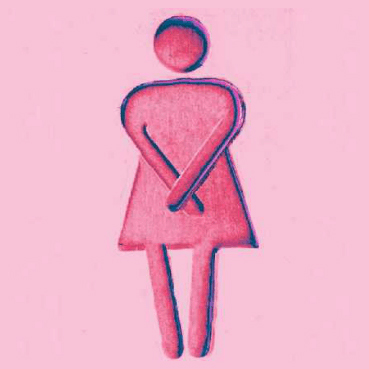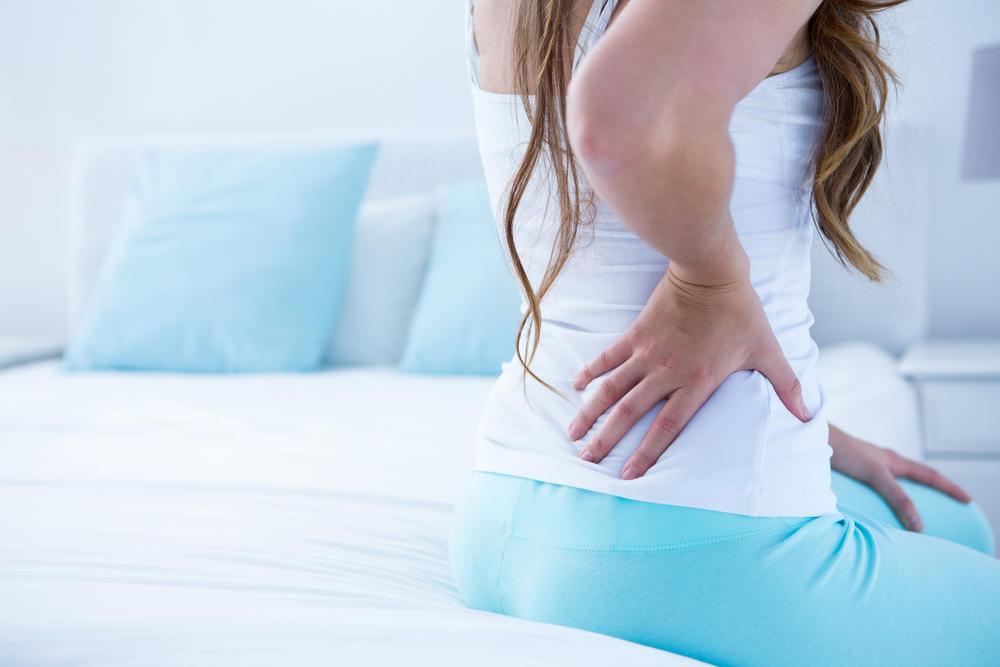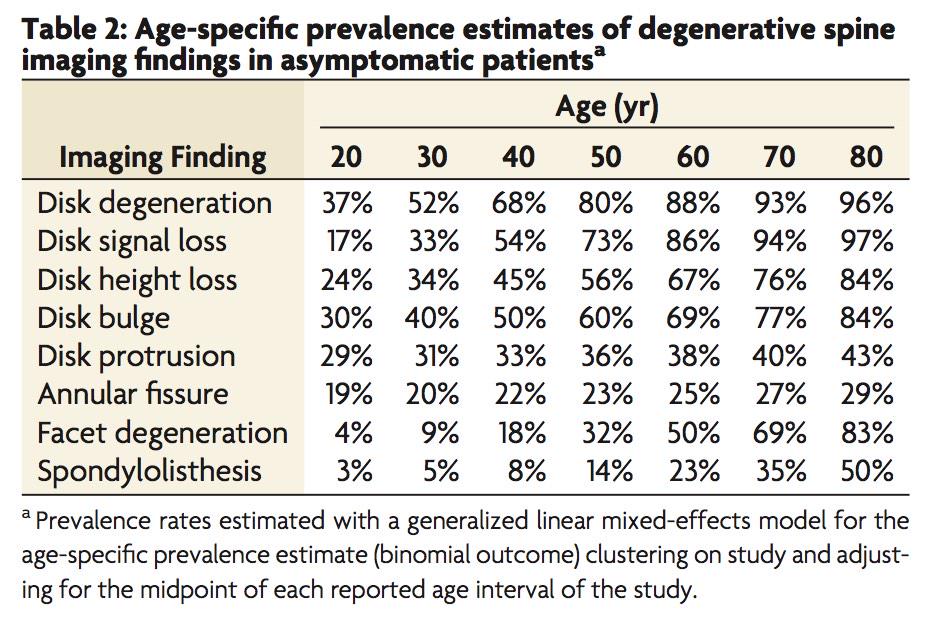- Gradual load increase
The number 1 mistake people make is that they increase their time, distance, pace, or frequency too quickly. After the first 3 weeks of hellish pain when you start running, we get excited because we start to feel less of this hellish pain, and this is where the OVERLOAD happens. My advice here, is increase ONE variable at a time (how far, often, or fast you are running). A great intro to running app is Couch25k http://www.c25k.com/
If you are a seasoned runner the same mistake can be made. Building up slowly when preparing for a race starting with gradual increase in mileage, then increasing load with faster interval sessions, tempo’s, and races.
By doing it this way our soft tissue and bones will be micro-damaged with the increasing load, then during the recovery phase they will repair and remodel to create stronger and faster tissue.
- Replace your running shoes as frequently as possible
Running shoes, and walking shoes have a life of approximately 600km. Now for some people it takes a long time to get to that point. But for others that is between 6 weeks and 12 months of use. If you notice new niggles, and haven’t increased load or changed running terrain recently it’s worth considering a new pair of shoes. If your toes are hanging out the end and you can feel every tiny rock that you step on through your completely worn through sole, it’s also time for some new shoes. Research now suggests that interchanging a couple of different pairs of running shoes is a good injury prevention tool to vary the load on your feet and legs. I would also recommend getting your shoes properly fitted by people who know shoe types, foot types, and can listen to your needs and fit you accordingly. Old shoes can be donated to a number of organisations to be re-homed and recycled.
- Vary your terrain
We are blessed in Torquay with beautiful running trails, beaches, footy ovals and footpaths. Firm packed gravel is a great surface to run on as it’s gentle on your legs without being unstable. Sand is great for strengthening but I would build into this slowly as the muscles of the feet and legs have to work 2 x as hard in the sand as they do on the harder surfaces. Harder surfaces can also be a bit hard on your bones and joints when you first start, however as your body adapts the hard ground can be good to strengthen these bones for long term osteoporosis prevention.
My advice would be start on the gravel track that runs from Fisherman’s beach out to White’s beach where there are minimal hills and a great gravel surface for running on. Then progress to the hills of the Bells track. Then you can mix things up with some sand and footpaths. Interval sessions on the oval will also get the heart going.
- Strengthen your body to cope with the demands of running
Mixing your running in with some specific strength and activation exercises will help keep your body strong enough to handle the demands of running. This can be done through a home based program with little to no equipment, a gym program, clinical pilates/group pilates, gym classes, etc. Two strength sessions per week is great if you have time for that, however trying to fit some simple exercises in once per week can still be beneficial. You can even incorporate it into the end of your run to be time efficient. If you need a strength program for running we can help you with that.
- Early intervention when there is a niggle
Little niggles don’t turn into long term injuries if you get them sorted straight away. It might be something as simple as changing your terrain, a slight modification to your running technique, new shoes, 1-2 strength exercises, varying your load. Making these modifications immediately can stop some slight tissue inflammation into turning into a 6 month lay off. Prevention is better than a cure, but early intervention is always going to lead to less time out.
- Recovery
The best part!! This includes eating lots, re-hydrating, sleeping, easy days of exercise, massage, foam rolling and relaxing. When you load your tissues, in order for them to get stronger, they need recovery. That includes replenishing lost energy, protein for rebuilding, sleep for tissue repair, gentle exercise to help keep tissues mobile and flush waste products out of the muscles. Massage can be done in the form of seeing a therapist, or self massage using foam rollers, spiky balls and all sorts of devices that are available these days to assist with recovery.
Happy running everyone!






